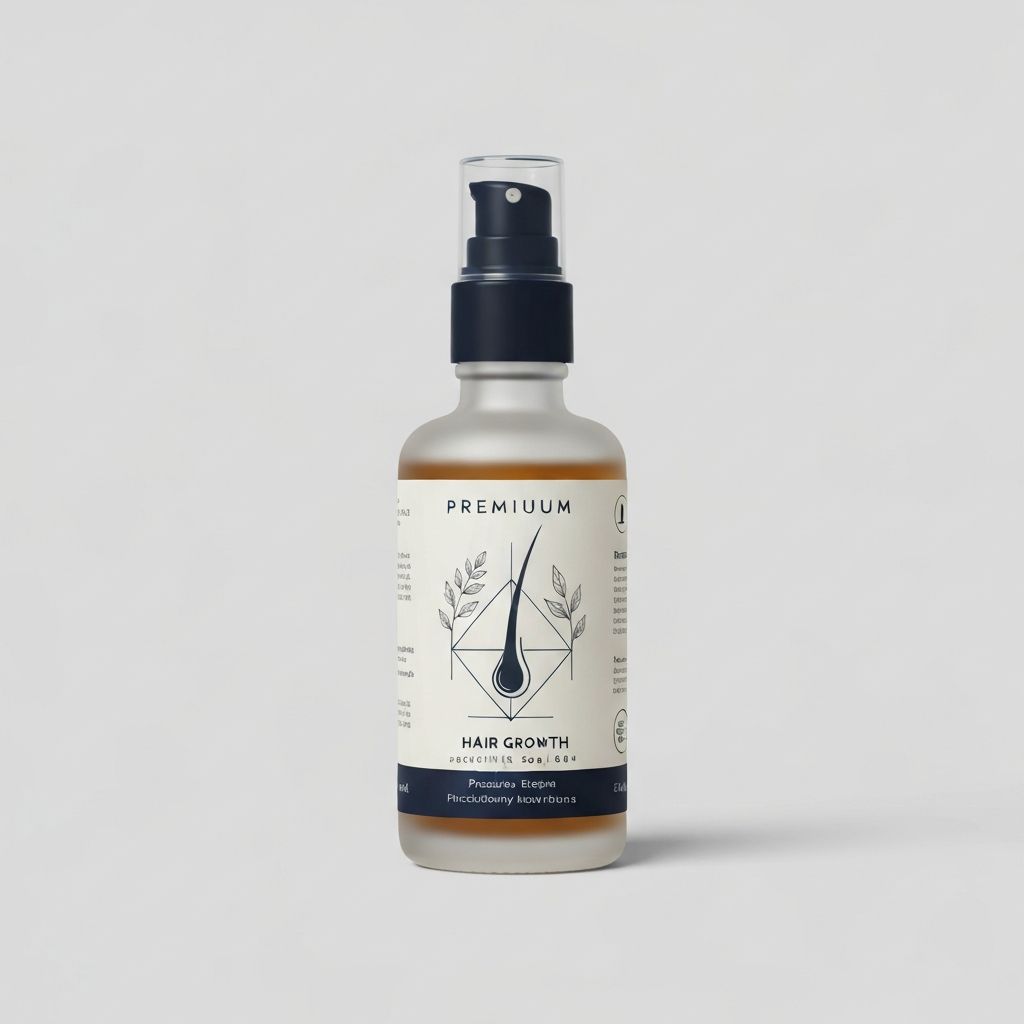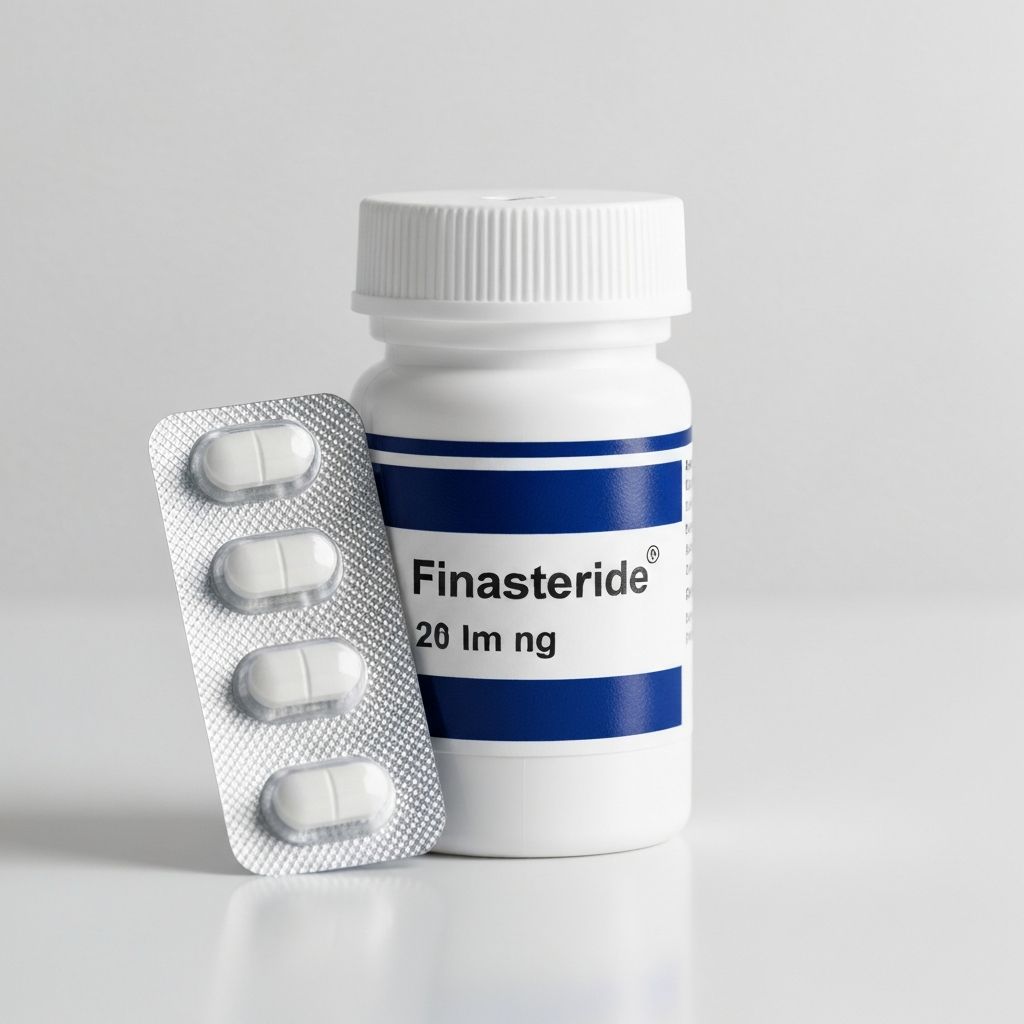Introduction to Hair Loss in 2025
In the United States, hair loss affects millions, with approximately 50 million men and 30 million women experiencing androgenetic alopecia, the most common form, according to the American Academy of Dermatology (AAD). As we enter 2025, advancements in dermatology and trichology offer more hope than ever for those seeking effective regrowth solutions. Whether you're dealing with gradual thinning, sudden shedding, or patchy baldness, understanding your options is key to restoring confidence and hair health.
This comprehensive guide draws on the latest clinical research and FDA approvals to rank the 10 best hair loss treatments for 2025. We'll cover everything from time-tested topicals to innovative biologics, ensuring you have evidence-based insights tailored for American consumers. Remember, consulting a board-certified dermatologist is essential before starting any regimen, as individual results vary based on genetics, age, and underlying health conditions.
For internal linking: Learn more about personalized hair loss assessments.
Understanding the Causes of Hair Loss
Hair loss, or alopecia, stems from diverse factors. Androgenetic alopecia, driven by dihydrotestosterone (DHT) sensitivity, impacts 85% of men by age 50 and 40% of women post-menopause, per NIH data. Other culprits include telogen effluvium from stress or nutritional deficiencies, alopecia areata as an autoimmune response, and traction alopecia from tight hairstyles popular in diverse U.S. communities.
Recent 2025 statistics from the National Council on Aging highlight that Americans will spend over $2.22 billion on hair restoration products this year, underscoring the urgency. Identifying your type through a trichoscopy exam at a U.S. clinic can guide targeted therapy. For more: Explore U.S.-specific stats.
The Top 10 Hair Loss Treatments of 2025
Our selections prioritize FDA-approved efficacy, minimal side effects, and accessibility via U.S. pharmacies or clinics. Each includes clinical backing, pros/cons, and practical tips.
1. Topical Minoxidil: The Gold Standard OTC Treatment
Minoxidil, branded as Rogaine, remains the cornerstone for androgenetic alopecia. This vasodilator extends the hair growth phase, with 5% foam or solution yielding visible regrowth in 60-70% of users after 3-6 months, per a 2025 meta-analysis in Frontiers in Pharmacology.
- Efficacy: Increases hair density by 20-40% in clinical trials.
- Application: Apply twice daily to dry scalp.
- Side Effects: Scalp irritation (rare); safe for women at 2-5% strengths.
AAD recommends starting with OTC versions available at Walmart or CVS. Citation: Efficacy and safety of oral minoxidil (topical parallels apply).
2. Finasteride: Proven DHT Blocker for Men
Prescription finasteride (Propecia) inhibits 5-alpha reductase, reducing DHT by 70%. A 2021 meta-analysis in PubMed showed a 12.4 hairs/cm² increase after 24 weeks.
- Efficacy: Halts progression in 86% of men; regrowth in 65%.
- Dosage: 1mg daily oral.
- Side Effects: Sexual dysfunction in <2%; consult for fertility concerns.
Available via U.S. telehealth like Hims. For women: Off-label use under supervision. Internal: Compare with minoxidil.
3. Dutasteride: A Stronger Alternative to Finasteride
Dutasteride blocks both Type I and II enzymes, outperforming finasteride in a 2023 review with 24-week hair count gains. FDA-approved for BPH but used off-label for hair.
- Efficacy: Superior for advanced baldness.
- Dosage: 0.5mg weekly.
- Side Effects: Similar to finasteride but monitor PSA levels.
Cleveland Clinic endorses for resistant cases.
4. Oral Minoxidil: The Emerging Low-Dose Option
Low-dose oral minoxidil (0.25-5mg) gains traction in 2025, with a Frontiers study showing benefits at >1mg doses. FDA eyes extended-release approval.
- Efficacy: 20-40% regrowth in trials.
- Pros: Convenient vs. topical.
- Cons: Hypertrichosis risk; cardiologist clearance needed.
Harvard Health notes systemic absorption advantages.
5. Platelet-Rich Plasma (PRP) Therapy: Harnessing Your Body's Healing Power
PRP involves injecting concentrated platelets from your blood into the scalp. A 2015 NIH study confirmed safe regrowth; 2022 Frontiers data showed density increases post-3 sessions.
- Efficacy: 30% improvement in hair count.
- Cost: $500-2,500/session in U.S. clinics (3-6 needed).
- Side Effects: Minimal; outpatient procedure.
Johns Hopkins praises for natural appeal. Internal: U.S. pricing guide.
6. Low-Level Laser Therapy (LLLT): Non-Invasive Light-Based Regrowth
FDA-cleared devices like iRestore use 650nm red light to stimulate follicles. A 2021 PubMed meta-analysis found moderate efficacy in 51.9% of mild AGA cases.
- Efficacy: 25% density boost after 16 weeks.
- Use: 20-30 min sessions, 3x/week.
- Cost: $200-1,000 for home devices.
Stanford Medicine highlights 2025 mouse/human trial successes.
7. JAK Inhibitors: Breakthrough for Alopecia Areata
For autoimmune alopecia, FDA-approved deuruxolitinib (Leqselvi) in 2024 shows 30-50% regrowth in severe cases, per UCI Health.
- Efficacy: Rapid response in 6 months.
- Dosage: Oral daily.
- Side Effects: Infections; for adults 18+.
NAAF updates confirm third JAK approval in 2025.
8. Hair Transplant Surgery: Permanent Solutions
FUE/FUT methods relocate DHT-resistant follicles. 2025 innovations include robotic precision, with 90% graft survival per ISHRS.
- Efficacy: Natural, lifelong results.
- Cost: $4,000-15,000 in U.S.
- Recovery: 7-10 days.
Mayo Clinic advises for advanced stages.
9. Natural Supplements: Evidence-Based Nutritional Support
Viviscal's marine complex promotes growth in thinning women, per a 2012 PMC double-blind study. Biotin, iron, vitamin D backed by ISHRS for deficiencies.
- Efficacy: 32% reduction in shedding.
- Best Picks: Nutrafol, Viviscal (OTC at Target).
- Tips: Pair with blood tests.
Healthline's 2025 review favors evidence-based formulas.
10. Emerging Therapies: What's Next in 2025 and Beyond
PP405 topical awakens dormant follicles (YouTube trials), ABS-201 reverses balding in mice (Popular Mechanics), and Pelage Pharma's $120M-funded stem cell topical nears FDA. Expect approvals by late 2025.
PMC's 2025 review spotlights small-molecule inhibitors.
Treatment Comparison Table
| Treatment | Efficacy (% Regrowth) | Cost (US Avg) | Side Effects | Best For |
|---|---|---|---|---|
| Minoxidil | 60-70 | $20-50/mo | Irritation | Early thinning |
| Finasteride | 65 | $10-30/mo | Sexual (rare) | Men, moderate |
| Dutasteride | 75 | $20-40/mo | Similar | Advanced men |
| Oral Minoxidil | 40 | $15-35/mo | Systemic | Topical non-responders |
| PRP | 30 | $1,500/course | Minimal | All types |
| LLLT | 25 | $500 device | None | Home use |
| JAK Inhibitors | 50 | $2,000/mo | Infections | Alopecia areata |
| Transplant | 90 | $10,000 | Scarring | Permanent fix |
| Supplements | 32 | $30-60/mo | None | Nutritional support |
| Emerging | Pending | TBD | Varies | Innovators |
Step-by-Step Guide to Choosing the Right Treatment
- Assess Your Type: Visit an AAD-certified dermatologist for diagnosis.
- Review Medical History: Rule out thyroid or anemia via labs.
- Set Goals & Budget: OTC for mild; procedures for severe.
- Start Conservatively: Minoxidil + supplements first.
- Monitor Progress: Photos every 3 months; adjust as needed.
- Combine Therapies: E.g., minoxidil + LLLT for synergy.
For U.S. access: Use GoodRx for discounts.
Frequently Asked Questions (FAQs)
What is the best treatment for female pattern hair loss? Minoxidil 5% combined with spironolactone, per Cleveland Clinic.
How long until I see results? 3-6 months for most; full effects in 12.
Is there a cure for baldness? No, but treatments manage effectively; emerging stem cells promising.
Are hair growth shampoos effective? Supportive, not standalone; look for ketoconazole.
What's new in 2025? Oral minoxidil approvals and biologics like Rezpeg.
Conclusion: Take Control of Your Hair Health Today
Hair loss doesn't have to define you. With 2025's arsenal—from accessible OTCs to clinic-based innovations—regrowth is achievable. Prioritize evidence-based choices, patience, and professional guidance for optimal outcomes. Ready to start? Schedule a consult and reclaim your crown.
Internal: Take our quick quiz or Find a specialist near you.



